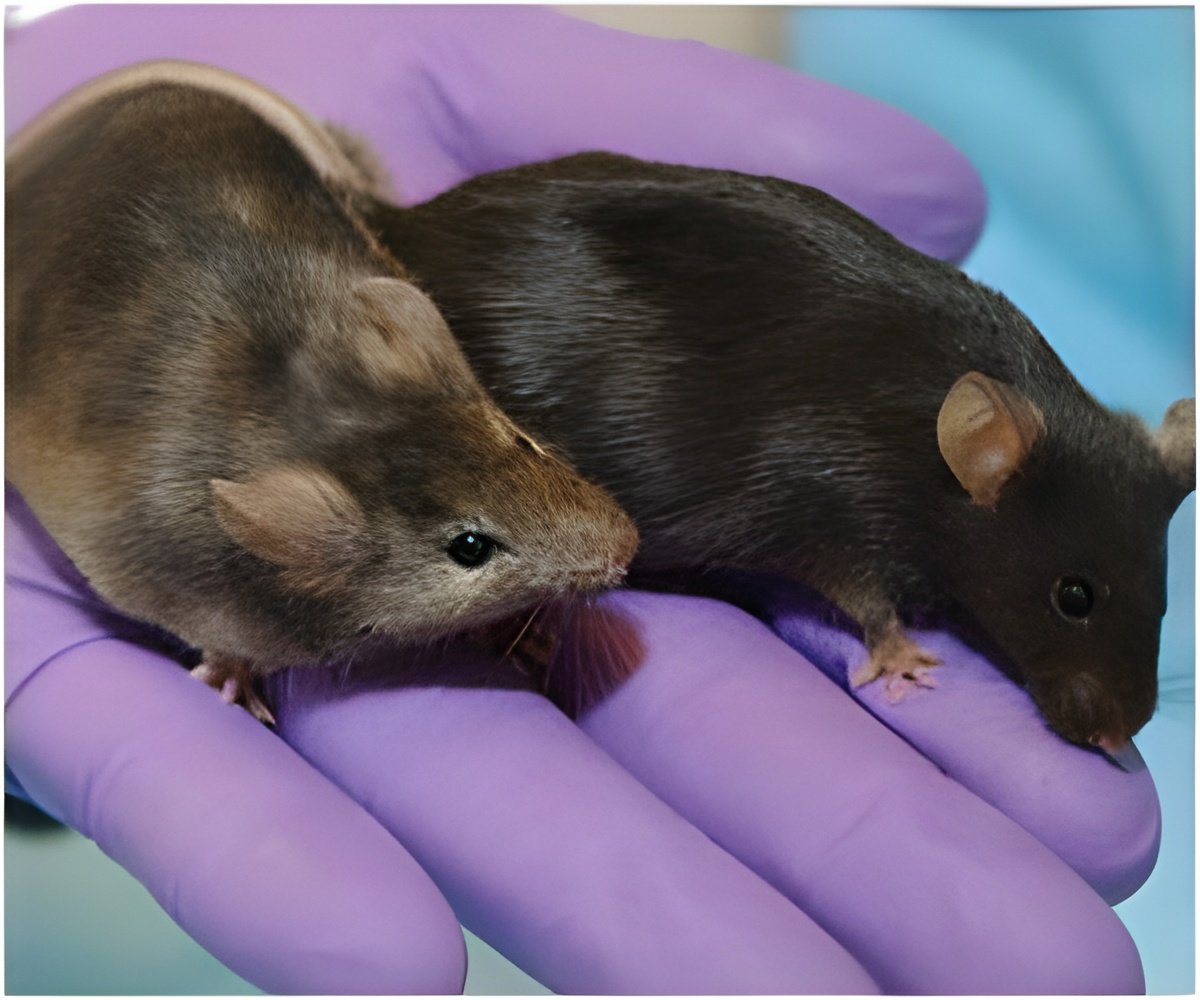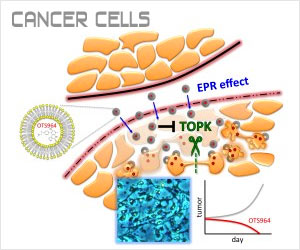A group of international researchers discover the keys to explaining why certain processes and systems in mice are so different to those in humans, like the immune system, metabolism and stress response.

The comparison focuses on the genetic and biochemical processes regulating genome activity in humans and mice. The scientists have found that, in general, the systems for controlling genome activity in the two species are very alike, and have been preserved through time. However, they have also detected certain differences in the DNA, and patterns of gene expression that are not shared. "Finding these similarities and studying the aspects of mouse biology that may reflect human biology, allows us to approach the study of human illnesses in a better way", affirms Bing Ren, one of the principal authors from the ENCODE Consortium and a lecturer in molecular and cellular medicine at the University of California - San Diego.
"The mouse is one of the most utilised models for studying human biology and we use it for creating models of human illnesses and testing new drugs and therapies. Our study goes a long way towards validating the usefulness of this animal model and provides enormous support for its use in human illnesses. We have found that there are many well-preserved cell processes in the two species, for example, in embryonic development. Understanding these similarities will allow us to carry out more accurate studies on human biology", explains Roderic Guigó, one of the main researchers involved in the work and coordinator of the Bioinformatics and Genomics programme at the CRG.
The researchers have compared various processes involved in gene expression, such as gene transcription and chromatin modification, and have repeated this in different tissues and cell types from both humans and mice. "Our lab took part in analysing the group of RNA or transcriptome, that results from transcription, the process by which the instructions in the genes are read. We have discovered that human and mice transcriptome contains both preserved and divergent elements. Surprisingly we have found that the differences seem bigger between species rather than between fabrics when initially we thought that the gene activity in the same kinds of tissues would be similar", adds Alessandra Breschi, one of the first co-authors of the main work published in Nature and a researcher in Roderic Guigó's lab at the CRG.
Source-Eurekalert









